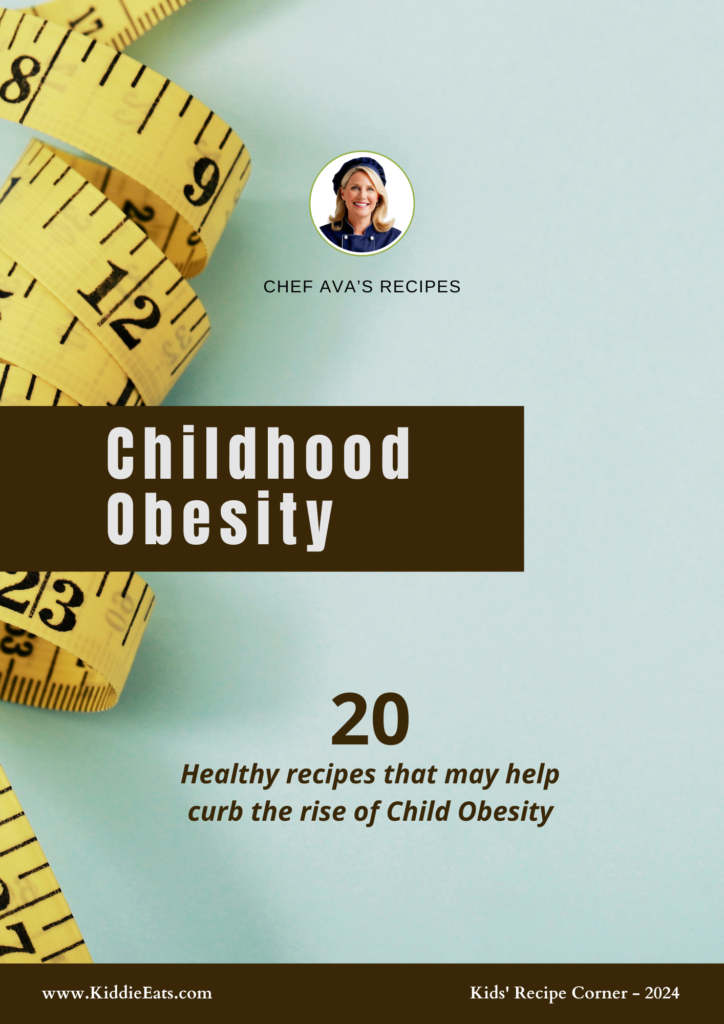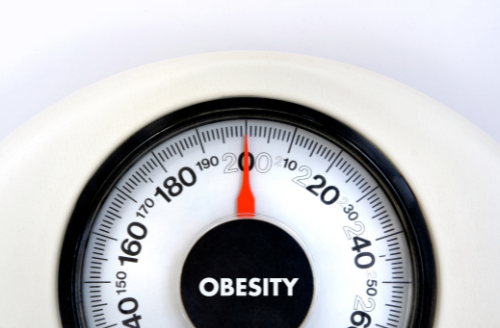
Childhood obesity is a growing global health problem. It is defined as too much body fat, which can harm health. Child Obesity is rising quickly and affecting millions of kids around the world. The World Health Organization (WHO) reports that rates of obesity and being overweight have tripled in the last 40 years, especially among children. As this problem worsens, it is important to understand its causes, effects, and possible solutions. Doing so will help protect the health and well-being of future generations.
(N.B: Get ready to explore these mouthwatering recipes—download the eBook at the bottom of the page to dive in! )
Frequently Asked Questions (FAQs)
- What is Childhood Obesity?
- What is the main cause of Child Obesity?
- What are the health consequences of Childhood Obesity?
- How can parents help prevent Childhood Obesity?
- What role do schools play in reducing Obesity Among Children?
- What is meant by Child Obesity?
- How can Childhood Obesity be managed?
- Why is Child Obesity on the rise?
- What are the psychological effects of Childhood Obesity?
- Can Child Obesity be prevented?
In this article, we will reveal compelling answers and innovative solutions to these pressing questions that you won’t want to miss!
What is Childhood Obesity?

Childhood obesity means a child weighs too much for their height. This can put them at risk for many health problems. The Body Mass Index (BMI)1 is the main tool used to check for obesity in kids. The World Obesity Federation says Excess Weight in Children can cause both short-term and long-term health issues, such as diabetes, heart disease, and mental health problems. Because Child Obesity is becoming more common, it is important for parents, teachers, and healthcare providers to understand its causes and effects early on.
Causes of Childhood Obesity
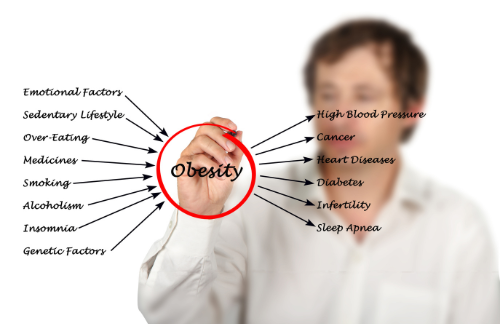
The causes of Child Obesity are complicated and varied. Poor eating habits, not enough exercise, and genetics are the main factors. Many children eat foods that are high in calories but low in nutrients. When combined with a lack of physical activity, this raises their risk of being overweight or obese. Technology and screen time also add to this problem. Children now spend more time on devices instead of playing actively. In addition, socioeconomic factors are important. Families with fewer resources often have less access to healthy food options.
Health Problems of Childhood Obesity
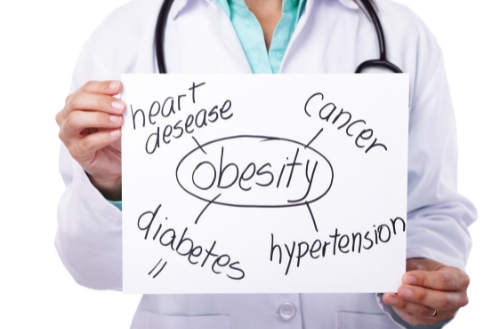
The problems associated with childhood obesity are far-reaching and severe. Obese children are more likely to experience early onset of noncommunicable diseases such as type 2 diabetes, hypertension, and sleep apnea. The World Health Organisation (WHO) emphasizes that childhood obesity is a significant risk factor for cardiovascular diseases later in life. Additionally, psychological effects such as low self-esteem, depression, and social isolation often accompany obesity, severely impacting a child’s mental health. Consequently, understanding the problems caused by Excess Weight in Children is vital in finding ways to address them.
Health and Psychological Consequences of Obesity in Children

The health effects of childhood obesity go beyond just physical problems. Many obese children face bullying and discrimination, which causes emotional pain. The Global Atlas on Childhood Obesity shows that the long-term psychological effects can last into adulthood. These may include anxiety, depression, and eating disorders. Additionally, children with obesity often struggle with a poor self-image and low confidence. This can affect their academic and social growth. Therefore, tackling Child Obesity is not only about physical health but also about overall well-being.
How to Solve Childhood Obesity?

Tackling childhood obesity needs a comprehensive approach involving parents, schools, healthcare workers, and communities. Parents should actively promote healthy eating and encourage kids to be active. Schools can add more physical education classes and teach students about nutrition and healthy living. The WHO supports government rules that control food marketing aimed at children and create healthier food options in schools and neighborhoods. Additionally, healthcare professionals should regularly check children’s growth and guide families on how to keep a healthy weight. Effective prevention and management strategies are vital to reversing the trend of Child Obesity.
Preventing and Managing Childhood Obesity
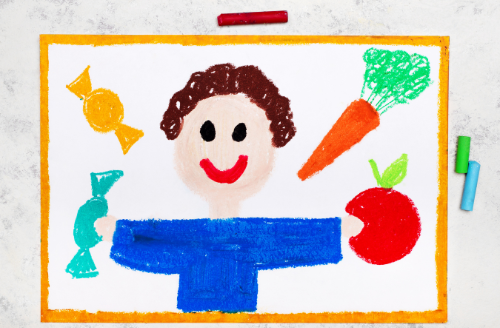
Preventing childhood obesity begins with promoting a healthy lifestyle early on. Parents should focus on balanced meals made from whole foods like fruits, vegetables, lean proteins, and whole grains. It’s also important to limit sugary snacks and drinks. Children should be active, aiming for at least 60 minutes of moderate to vigorous exercise each day. Early intervention is key; healthcare providers must identify children at risk and offer support to prevent obesity from getting worse. Preventing and managing childhood obesity also means addressing emotional and psychological factors, providing counseling or support groups when needed.
The Role of Schools in Combating Obesity in Children

Schools are key in fighting childhood obesity by educating children and giving them access to healthy food. They can start nutrition programs that teach students about balanced diets and physical activity. Providing nutritious meals and snacks in cafeterias helps kids develop healthy eating habits for life. Additionally, schools should promote physical activity by offering many chances for sports, games, and active play. This reduces the risks linked to a sedentary lifestyle. With effective programs in schools, childhood obesity rates can be lowered significantly..
Global Trends in Excess Weight in Children

Childhood obesity is rising worldwide, with some areas facing bigger challenges. The World Economic Forum reports that obesity rates have reached epidemic levels in many high-income countries. This increase is due to more processed foods and less physical activity. However, middle- and low-income countries are also affected. As these regions become more urbanized, many children are exposed to unhealthy food options. To tackle this widespread issue, global policies are needed to regulate food marketing and promote healthier lifestyle choices.
Childhood Obesity: What Parents Need to Know

Parents must recognize the signs and risks of childhood obesity to prevent it effectively. Spotting unhealthy weight gain early can help avoid serious health problems later. Additionally, parents should model healthy eating and promote regular physical activity. By including the whole family in healthy habits, parents can create a supportive environment that lowers the chances of obesity. Ultimately, active involvement from parents is essential in preventing and managing childhood obesity.
Excess Weight in Children Facts and Solutions

Childhood obesity is a complicated issue, but it can be prevented. The World Health Organization suggests several strategies. These include promoting breastfeeding, controlling food ads aimed at children, and boosting physical activity in schools. Local governments can also help by ensuring families have access to healthy and affordable food. To reduce childhood obesity, everyone must work together—parents, schools, governments, and healthcare providers. By collaborating, society can combat this growing health crisis.
By addressing the root causes and solutions, we can take actionable steps to reduce the growing childhood obesity epidemic and ensure a healthier future for our children.
Healthy recipes that may help curb the rise of Child Obesity
Crispy Baked Cod

Instructions: Coat cod in breadcrumbs and lemon zest, bake at 400°F for 12-15 minutes.
Salad with Feta

Instructions: Mix chopped cucumber and tomatoes, drizzle with olive oil, and sprinkle with feta and oregano.
Baked Turkey Meatloaf Muffins
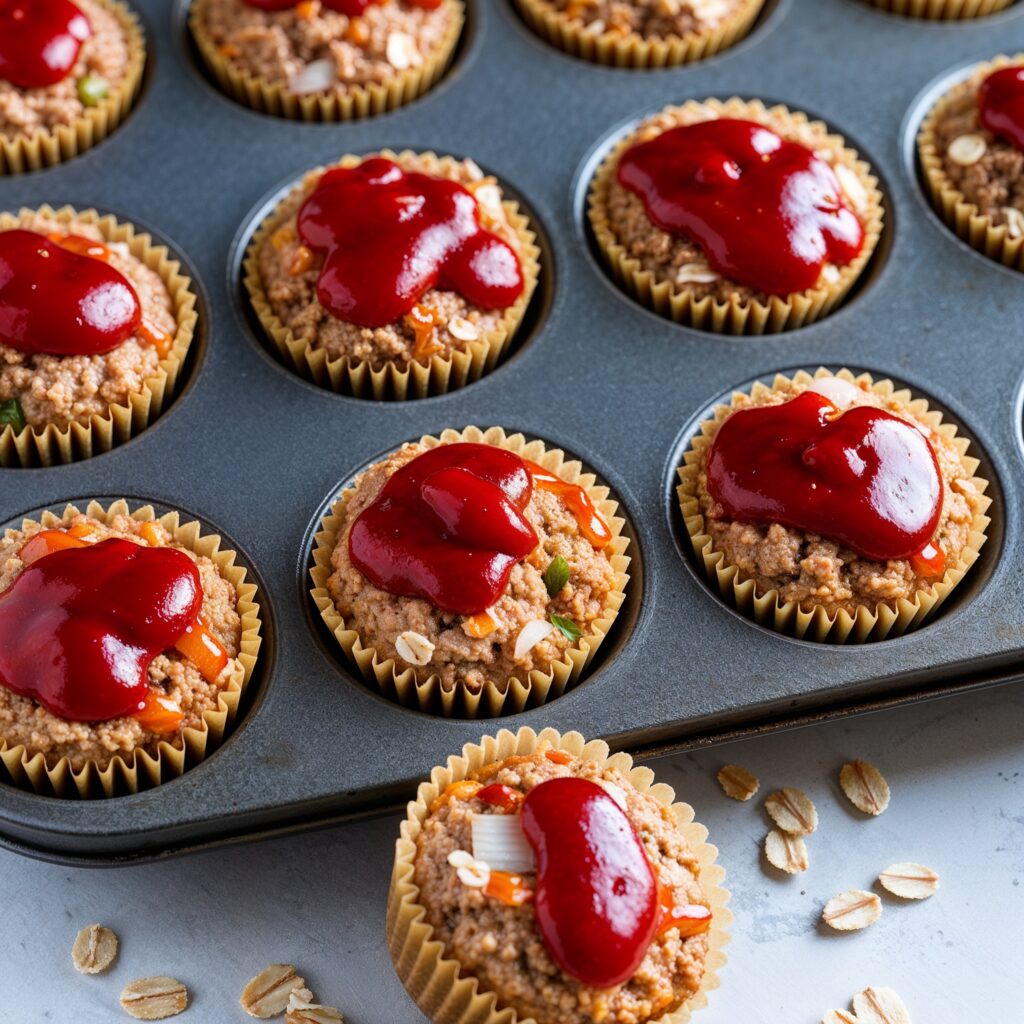
Instructions: Mix ingredients, press into muffin tin, and bake at 375°F for 20 minutes.
Avocado and Tuna-Stuffed Tomatoes
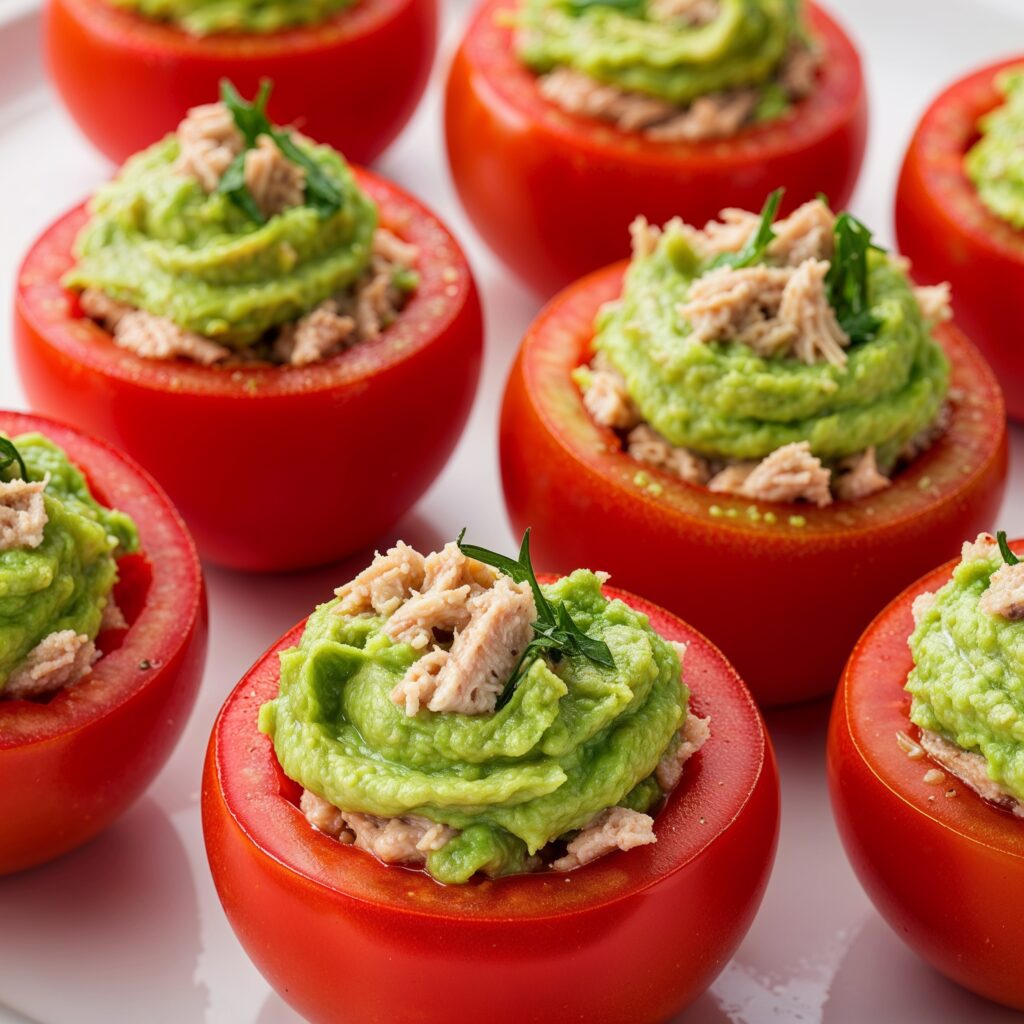
Instructions: Scoop out tomatoes, mix tuna with mashed avocado and lemon juice, stuff into tomatoes.
Egg Salad Lettuce Wraps

Instructions: Mix boiled eggs with yogurt and mustard, serve in lettuce leaves
Baked Eggplant Parmesan

Instructions: Slice and bake eggplant, top with breadcrumbs, sauce, and cheese, and bake until bubbly.
Turkey and Spinach Stuffed Sweet Potatoes

Instructions: Bake sweet potatoes, cook turkey with spinach and garlic, stuff into potatoes.
Grilled Chicken and Pineapple Skewers

Instructions: Skewer chicken and pineapple, grill until cooked, brush with soy sauce.
Baked Tilapia with Brown Rice

Instructions: Bake tilapia with garlic and lemon, serve with cooked brown rice.
Baked Chicken Fingers

Instructions: Dip chicken in egg and breadcrumbs, bake at 400°F for 15-20 minutes.
Egg Muffins with Spinach and Cheese

Instructions: Beat eggs, mix with spinach and cheese, pour into muffin tins, and bake at 350°F for
Brown Rice and Chicken Bowl

Instructions: Cook brown rice, grill chicken, steam broccoli, and mix together with soy sauce.
Baked Salmon with Steamed Veggies

Instructions: Bake salmon with olive oil and lemon, and steam broccoli and carrots. Serve together
Zucchini Noodles with Marinara Sauce

Instructions: Spiralize zucchini into noodles. Sauté garlic in olive oil, add marinara sauce, and mix with zucchini noodles. Garnish with basi
Whole Grain Pita with Tzatziki Sauce

Instructions: Mix yogurt, grated cucumber, minced garlic, and dill to make tzatziki. Serve with pita for dipping.
Veggie Pizza on Whole Wheat Crust

Instructions: Spread sauce on dough, top with veggies and cheese. Bake according to dough instructions.
Whole Wheat Banana Bread
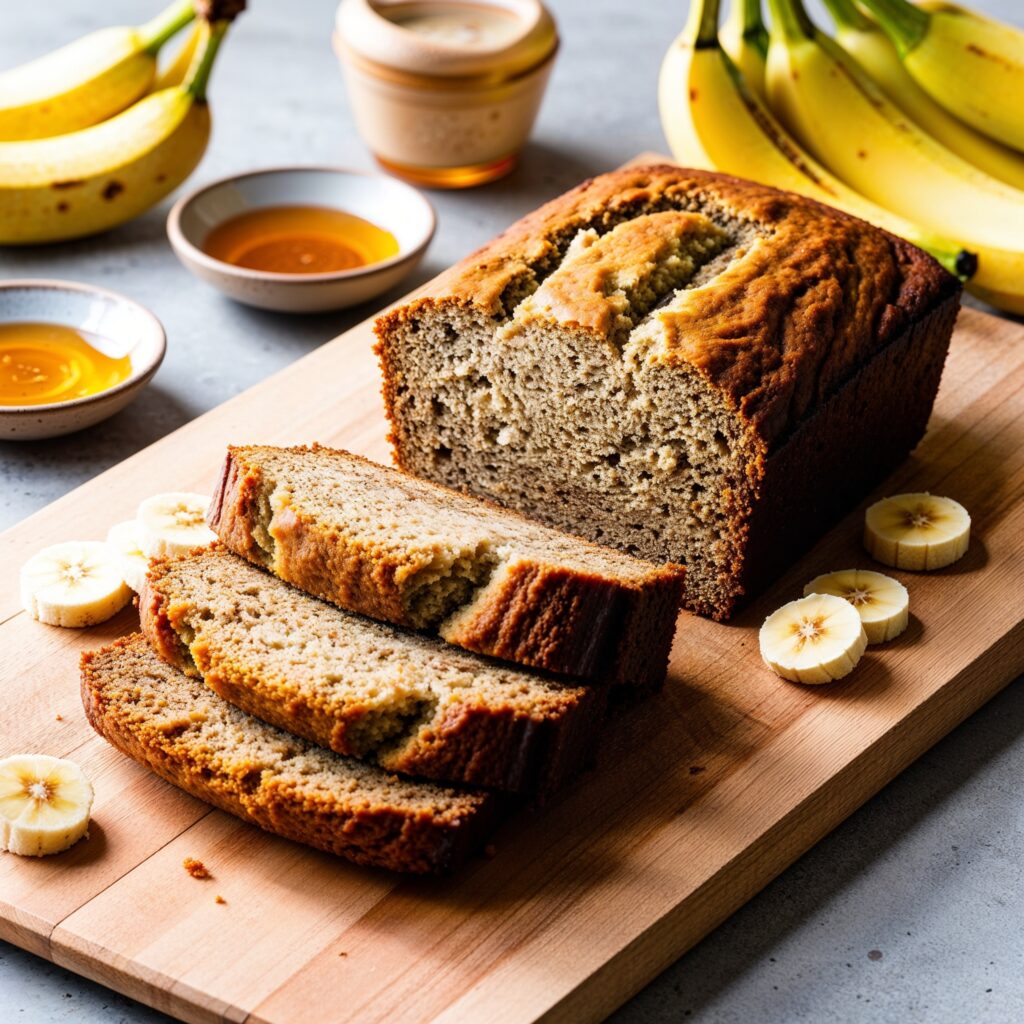
Instructions: Mix mashed bananas with eggs and honey, add flour and baking soda. Bake at 350°F for 45 minutes.
Oven-Baked Fish Tacos

Instructions: Bake fish at 400°F until flaky. Serve in tortillas with cabbage, salsa, and a squeeze of lime.
Quinoa Tabbouleh Salad
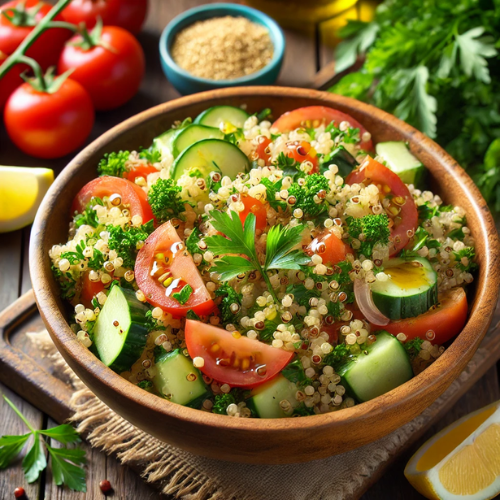
Instructions: Cook quinoa and let cool. Mix with chopped parsley, diced tomatoes, and cucumber. Drizzle with lemon juice and olive oil before serving.
Pesto Zoodles (Zucchini Noodles)

Instructions: Spiralize zucchini into noodles. Toss with pesto and halved cherry tomatoes. Top with toasted pine nuts before serving.
Learn Also:
– Sugar Intake and Its Effects on Kids: Understanding the Impact
– Food Allergy in Children: Understanding the Basics
– The Importance of Balanced Diets for Young Children
– 15 Clean Simple Eats Ideas: The Best Recipes You Can Prepare for Children at Home
– Inspiring Quotes On Building Healthy Kiddies
- Use The Body Mass Index (BMI) calculator to calculate BMI value and corresponding weight status while taking age into consideration ↩︎


